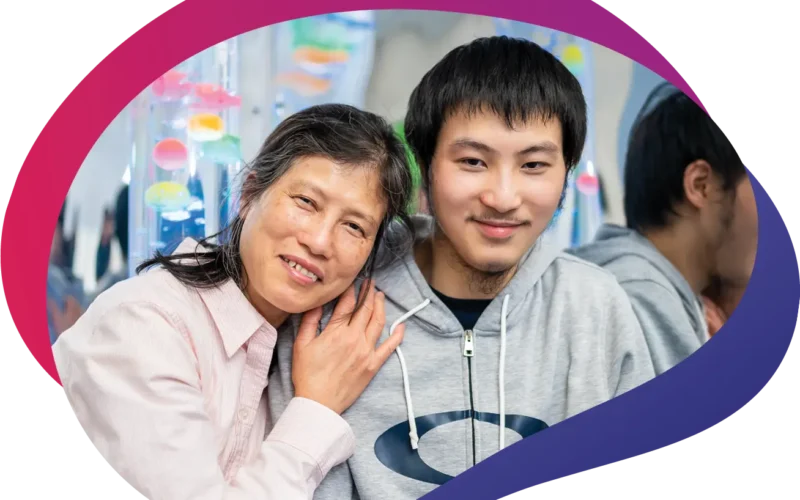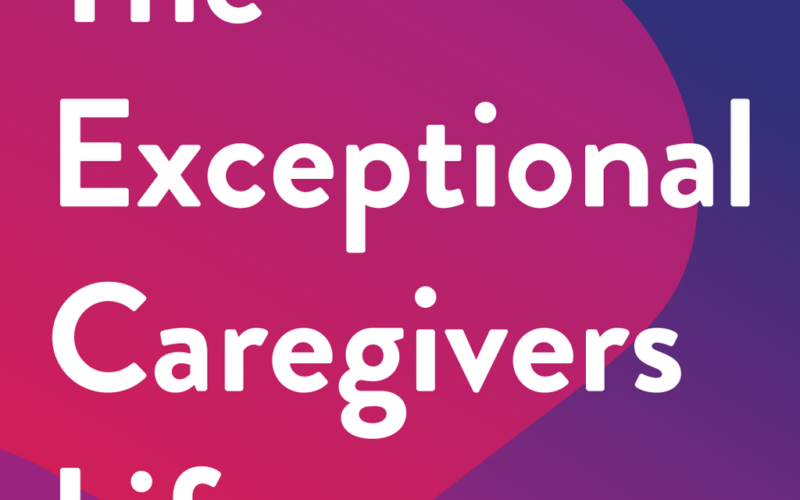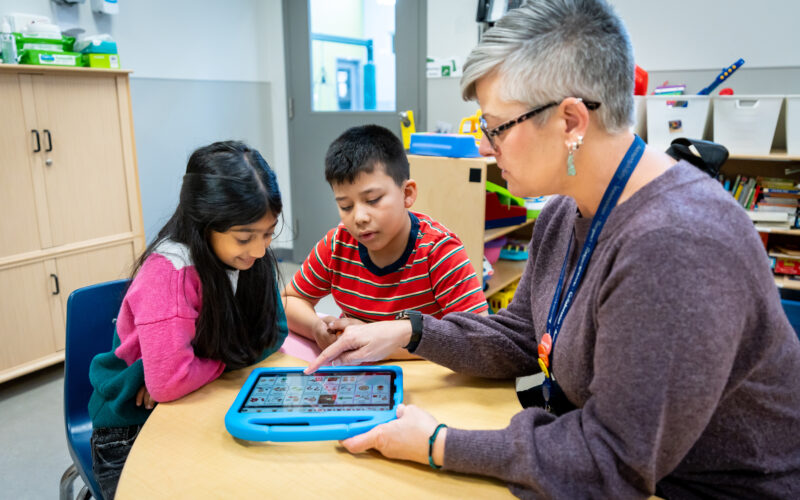Fetal Alcohol Spectrum Disorder (FASD) affects approximately 4% of Canadians. It impacts more people in Canada than autism spectrum disorder, cerebral palsy and Down syndrome combined. At Surrey Place, we recognize that with early and appropriate supports, we can make a difference in supporting individuals with FASD and their families.
As with many other services typically delivered in-person prior to the pandemic, diagnostic services suddenly faced COVID-19 restrictions. Surrey Place’s FASD Diagnostic Team rose to this challenge. Despite the pandemic, the FASD Clinic has supported the diagnostic needs of 31 clients (16 adults and 15 youth) who were able to receive service from the comfort of their own homes through remote, electronic testing. By consulting with professionals, families, and individuals living with the diagnosis, the Clinic adapted its services during office closures. They developed FASD Mobile Diagnosis Kits made up of electronic assessment materials, tablets, and portable projectors on loan to families. Selected tablets were outfitted with data subscriptions to avoid the use of families’ personal Wi-Fi, and to increase privacy by avoiding public Wi-Fi connections. Kits were sent and returned from clients’ homes by courier to ensure the safety of clients and clinicians.
Assessments included psychological and speech-language pathology testing, a medical health review, and service coordination. Following assessment, each client received a comprehensive written report which explained their diagnosis, outlined their strengths and challenges, and made extensive recommendations for future services and support. In addition, some individuals received short-term behaviour therapy or service coordination consultations to assist them in enacting recommendations from the report. For clients ages 18+, we were also able to help establish eligibility for Developmental Services Ontario (DSO) and the Ontario Disability Support Program (ODSP) which provided increased financial and support services.
This work was made possible through a generous donation by the Harry E. Foster Foundation to purchase the equipment and materials necessary to create FASD Mobile Diagnosis Kits. With the ongoing nature of COVID-19 restrictions, the kits will allow us to mitigate the effects of prolonged gaps in services. We can now reach our clients using several different modes of technology, which increases accessibility and provides greater choice for clients!
This project has also provided longevity to Surrey Place’s FASD diagnostic work beyond COVID-19. Assessment materials purchased can be used for multiple purposes beyond FASD diagnosis. These materials are updated frequently, and purchasing digital versions allows for more frequent renewal, which provides greater program sustainability. Now that we have established this remote assessment, we can reach beyond our regular organizational boundaries to support clients in different regions as needed.
We are proud of the work done by our FASD Diagnostic Team, and grateful for the donation from the Harry E. Foster Foundation that made this work possible!
Learn more about our FASD Services here.


